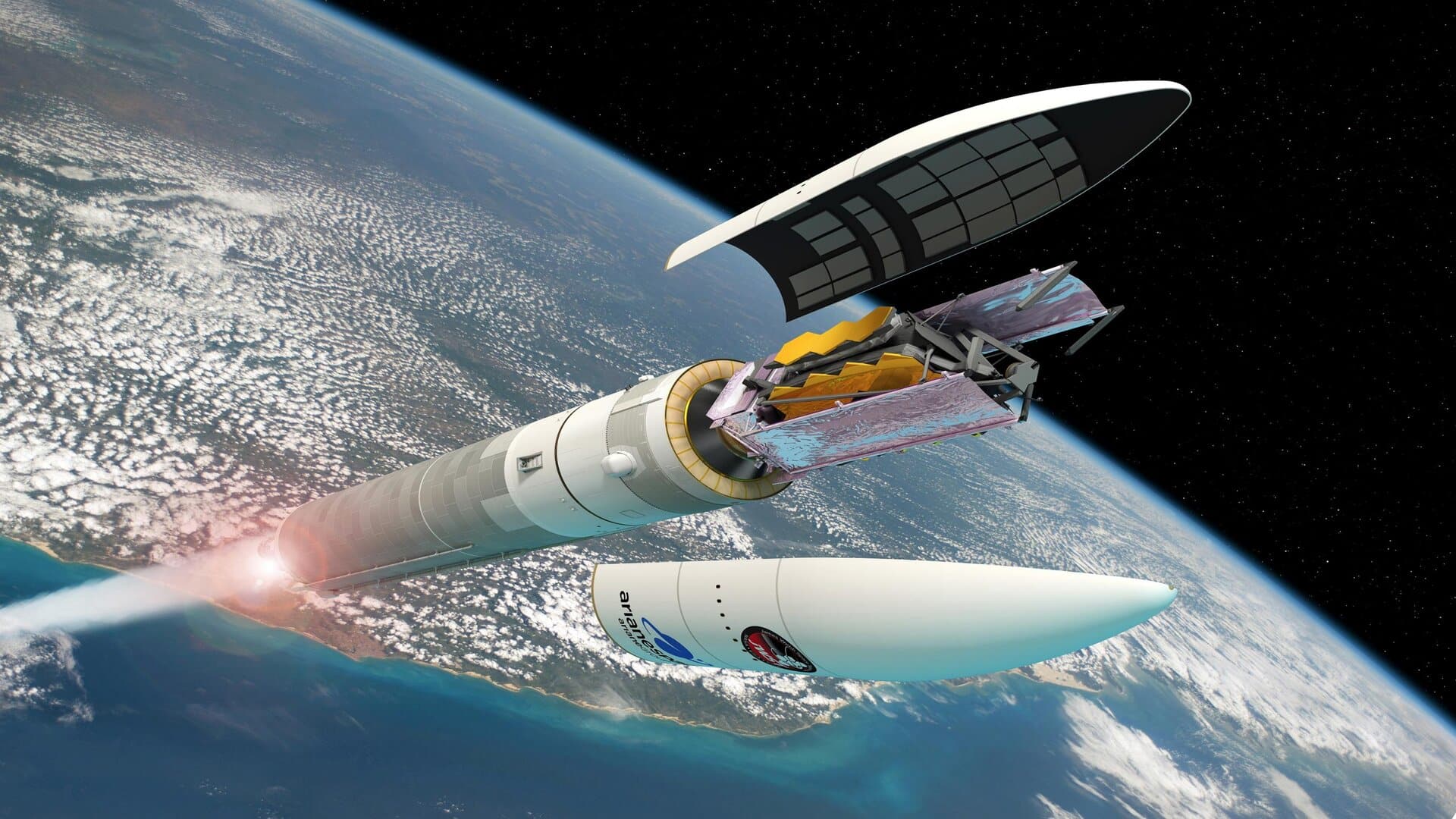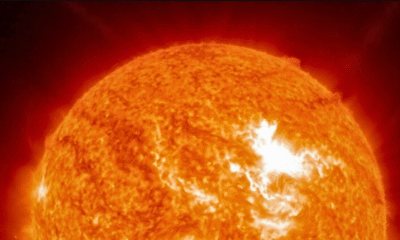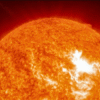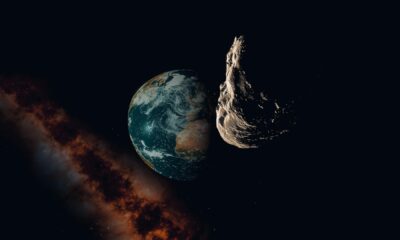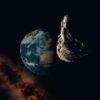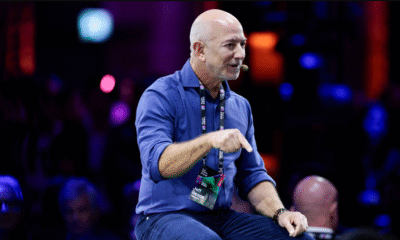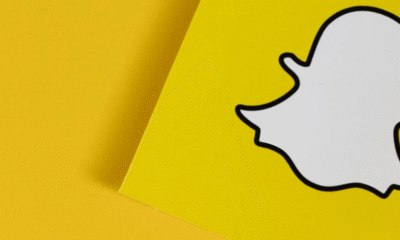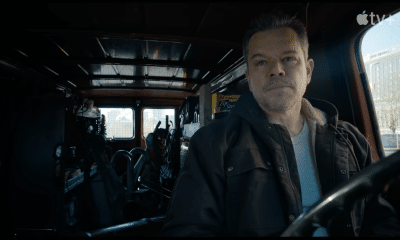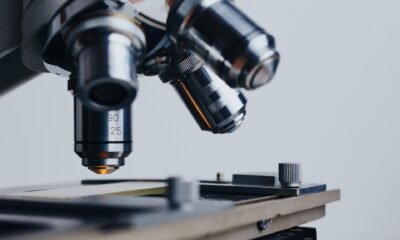Space Plunge
The James Webb Space Telescope launched successfully
NASA successfully launched The James Webb Space Telescope on Christmas morning of 2021. The telescope lifted atop an Ariane 5 rocket from Europe’s Spaceport in French Guiana at 7.20am ET.
Taking to Twitter, NASA said they have a LIFTOFF. “At 7.20am ET (12:20 UTC), the beginning of a new, exciting decade of science climbed to the sky. Webb’s mission to #UnfoldTheUniverse will change our understanding of space as we know it.”
The James Webb Space Telescope is the world’s largest and most powerful telescope built to date. Its primary mirror measures more than 21 feet across, making it the largest to fly in space. The mirror’s size, which dwarfs that of Hubble and other existing space telescopes, gives Webb the sensitivity to see celestial objects that were previously undetectable.
The launch marks the long-awaited start of the Webb telescope’s mission, after more than 30-years of development and delays. The $10 billion observatory is designed to study the early days of the universe – about 100 million years after the Big Bang.
Reports say that as Webb travels to its final destination, key parts of the observatory that were folded up to fit inside the rocket will need to unfurl in space. This will occur roughly five-days after launch, when the telescope’s huge multilayered sunshield is stretched out and its massive gold-coated primary mirror unfolds. The carefully choreographed maneuvers are very complex and require such precision that NASA nicknamed the sequence ‘29 days on the edge’.
Greg Robinson, the Webb telescope’s program director at NASA, had earlier said that they have about 50 deployments to get right in that first month after launch. “Those first two or three weeks will be what some would call good anxiety.”
Also Read: US imposes restrictions on aircraft flying close to 5G transmission stations
Marcia Rieke, an astronomer at the University of Arizona and principal investigator of one of Webb’s four main instruments, said the more distant something is, the fainter it looks. “So the larger the mirror, the fainter the thing you can see. The other thing is that the larger the mirror, the finer the detail you can see.”
The Webb telescope is designed to see beyond the range of the human eye and other telescopes that observe primarily visible light. Its infrared vision can pierce through thick veils of cosmic gas and dust, allowing it to see celestial objects that might normally appear invisible to other observatories.


